
What caught our eye - three key stories (week 16, 2024)
Inability to connect new renewables to the grid slowing down the transition, microbes creating methane - we need to know more, and is there such a thing as better meat (yes - but it has other implications we need to think about).
Here are three stories that we found particularly interesting this week and why. We also give our lateral thought on each one.
Read in full by clicking on the link below.
'What caught our eye' like all of our blogs are free to read. You just need to register.
Please forward to friends, family and colleagues if you think they might find our work of value.

If we cannot connect new renewables to the grid ...
New renewable electricity generation is only useful if it's actually connected to the grid. Without that 'simple action' none of us can use the electricity.
So we really need to care about what are known as interconnector queues, the number of new projects waiting to get connected. In the US that data is collected annually by Berkeley Labs. And the latest data is now out.
And it appears that the interconnector queues are growing - more new renewables are waiting for connection.

The amount of new electric capacity in these queues is growing dramatically, with nearly 2,600 gigawatts (GW) of total generation and storage capacity now seeking connection to the grid (over 95% of which is for zero-carbon resources like solar, wind, and battery storage).
Of the c. 2,600GW, just under 1,600 GW is proposed generation, and c. 1,000 is storage. Most (1,480 GW) of the generation seeking connection is zero-carbon. Solar (1,086 GW) accounts for the largest share of generation capacity in the queues. Substantial wind (366 GW) capacity is also seeking interconnection, 1/3 of which is for offshore projects (120 GW).
And the fastest growing categories are solar and battery storage combined, they account for over 80% of new capacity entering the queues in 2023.

The whole issue of connection queues is rightly getting more attention. But we still seem to be struggling to actually fix the problem. Only ~19% of projects requesting interconnection from 2000-2018 reached commercial operations by the end of 2023.
We say that we want to decarbonise our electricity grid, but there are some clear bottlenecks. As the report says, there is a lot of possible new generation capacity in the queue ...
Active capacity in queues (~2,600 GW) is twice the installed capacity of U.S. power plant fleet (~1,280 GW); greater than peak load and installed capacity in all of the US networks.
It's important to note, not all projects in the queue will get built. Historically only ~19% of projects requesting interconnection from 2000-2018 have reached commercial operations. Some do not raise the required investment, and some are 'insurance policies' - an application that this submitted just in case it's needed. But you do have to wonder how many of the projects just don't get built because the process takes way too long.
Why is this situation allowed to exist. Part of the answer is the solutions are complicated. The chart below lists the 35 actions that the DOE’s Transmission Interconnection Roadmap identifies as being needed.

And this isn't just a US problem. We wrote about the situation in the UK recently as well.
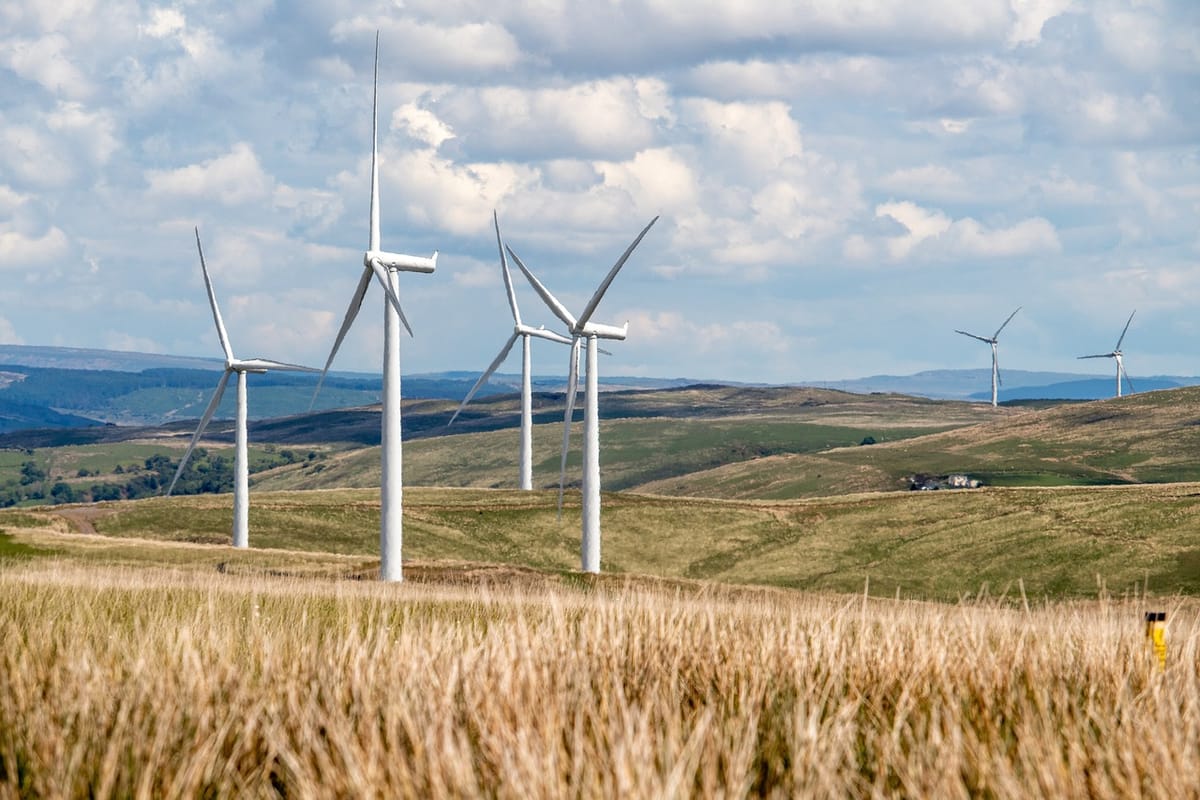
The hidden influence of viruses on climate change
We know that climate change can impact the spread of viruses and disease. But, have we thought enough about how viruses can impact climate change? How? Through methane production. And we all know that methane is a powerful GHG.
We have written previously on the impact of climate change on infectious diseases. Back in September 2022 we highlighted how native cases of dengue had been found in several French regions including Provence-Alpes-Cote d'Azur and Occitanie. There were hundreds of cases of West Nile Virus in Europe too. The important word is 'native' - these cases resulted from people being bitten by mosquitos where they lived. They didn't bring it home from their holidays, which is what used to happen.
Climate change is making places like Southern Europe and increasingly Northern Europe more habitable for mosquitos and other vectors (i.e. things that can transmit disease)👇🏾
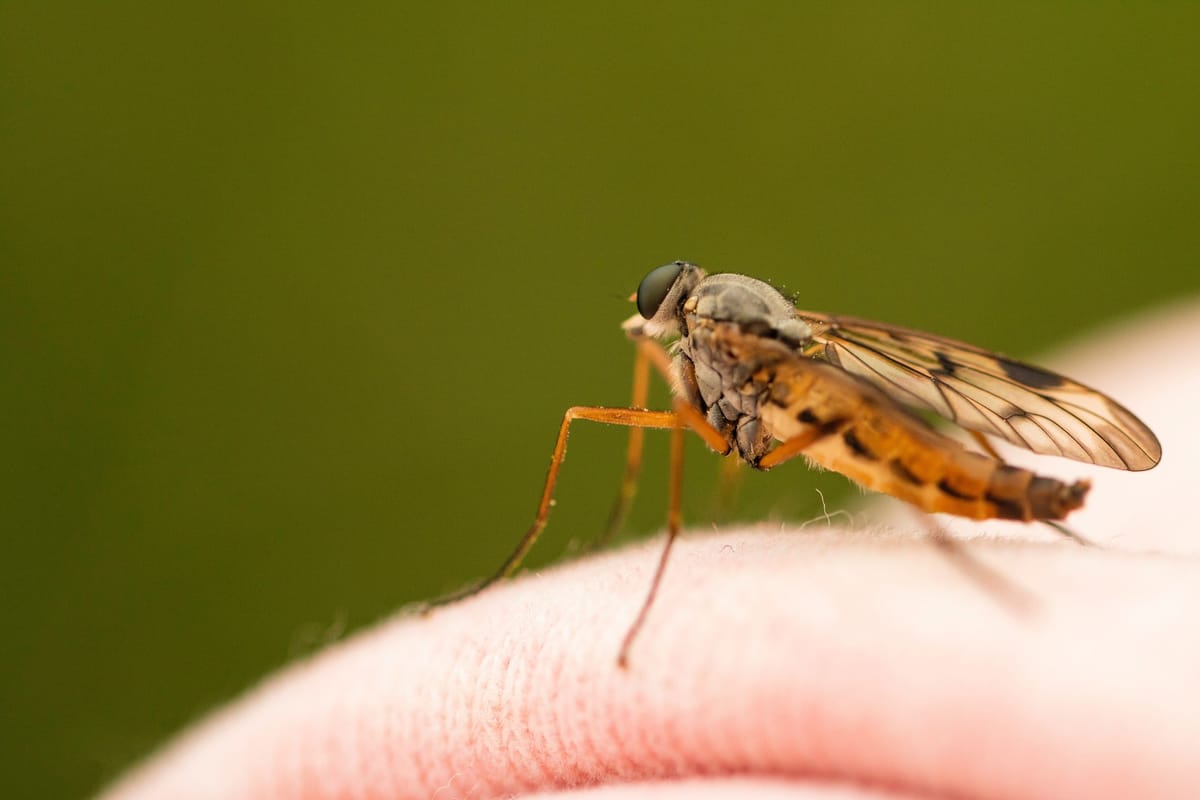
So climate change can impact disease.
However, does this work in reverse? Can viruses impact climate change?
Something that caught my eye this week is some research that was actually published in February 2024 by researchers from the Byrd Polar and Climate Research Centre at Ohio State University. It's about how much methane is actually produced by microbial activity.
We know that methane is a potent greenhouse gas and one that accounts for approximately 20% of global emissions. It is more potent than CO2 at trapping heat, the quantum of which depends on the time horizon that one is looking at. Over a 100 year period (the Paris rulebook timeframe) methane is 29x more potent; over a 20 year time period it is 82x more potent given the shorter lifespan of methane in the atmosphere. So, reducing methane emissions is a big deal.
When it comes to anthropogenic (i.e. human-caused) methane production, around 30% is thanks to microbial activity, with the vast majority stemming from ruminant livestock like cows and sheep.
So if we want to get a grip on curbing those microbially-driven methane emissions that contribute to climate change, we really need to understand how microbes and the viruses that infect them impact methane metabolism across different habitats and environments.
Gaining that understanding is crucial for informing efforts to mitigate the climate-warming methane pumped out by these microbial processes. The study led by ZhiPing Zhong aimed to do that.
Their starting point was nearly 1,000 publicly available metagenomes (a collection of genomes or genetic makeup from a particular area) from 15 different environments including marine water, wetland sediment and permafrost. They also collected their own samples creating an additional 11 metagenomes using lake sediment from Vrana Lake which is Croatia's largest freshwater lake.
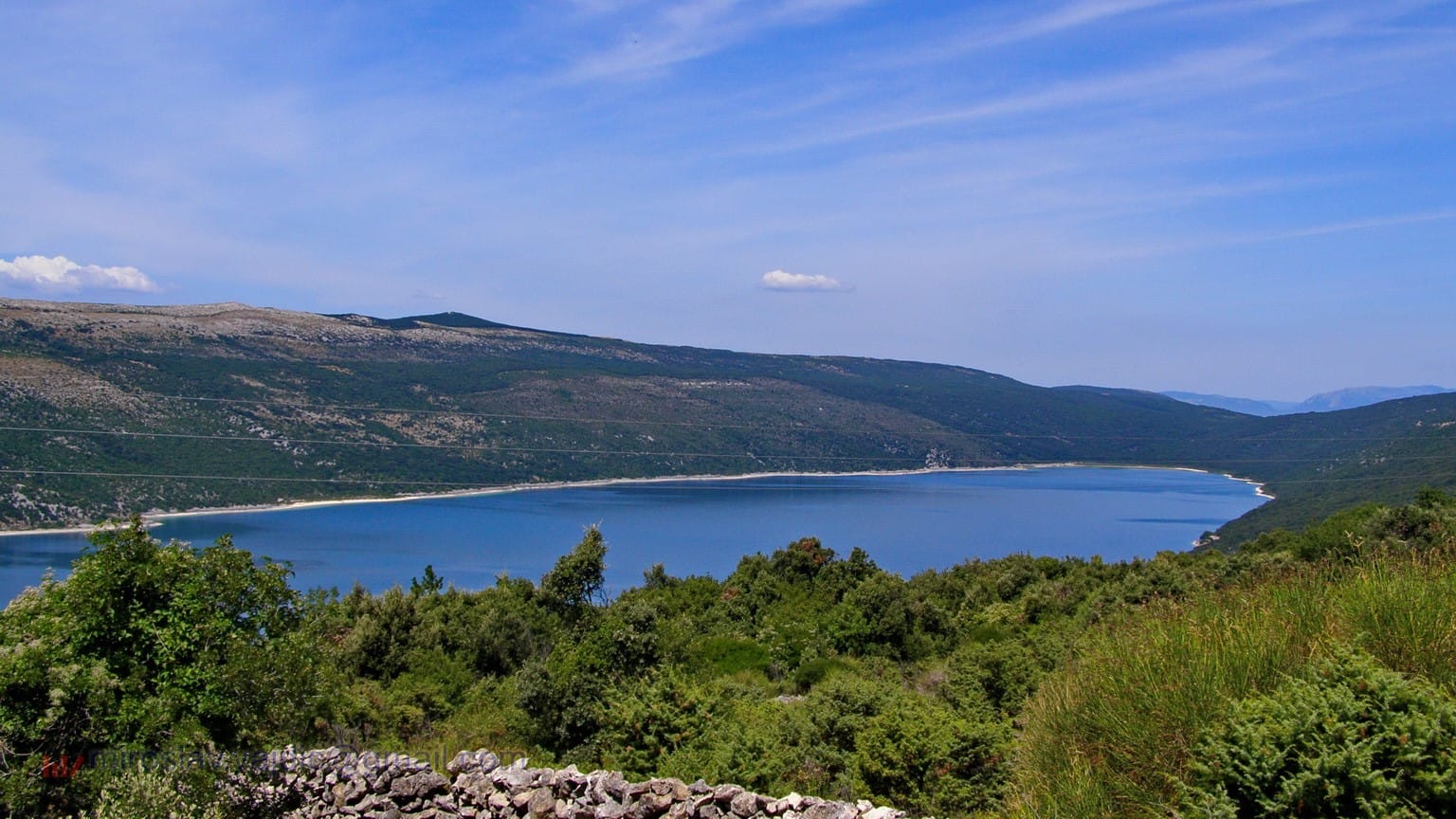
They found that microbial viruses have special genetic elements that control methane processes, called auxiliary metabolic genes (AMGs). Given differences across the datasets and samples, the suggestion is that a viruses’ potential impact on the environment also varies based on their habitat.
This discovery adds a vital piece to better understanding how methane interacts and moves within different ecosystems but clearly more work to do 👇🏾

It is another example of the delicate balance between interconnected systems. Things can be multidirectional so as well as thinking about 'the system' it is important for sustainability professionals to be thinking about the interplay 'between systems'.
Better meat?
There is a lot of discussion about how we need to eat less meat, for all sorts of reasons, not just climate change. But, another part of the solution is eating 'better meat'. But what is 'better meat'?
Average meat consumption varies across countries. Here is the data from 2021:
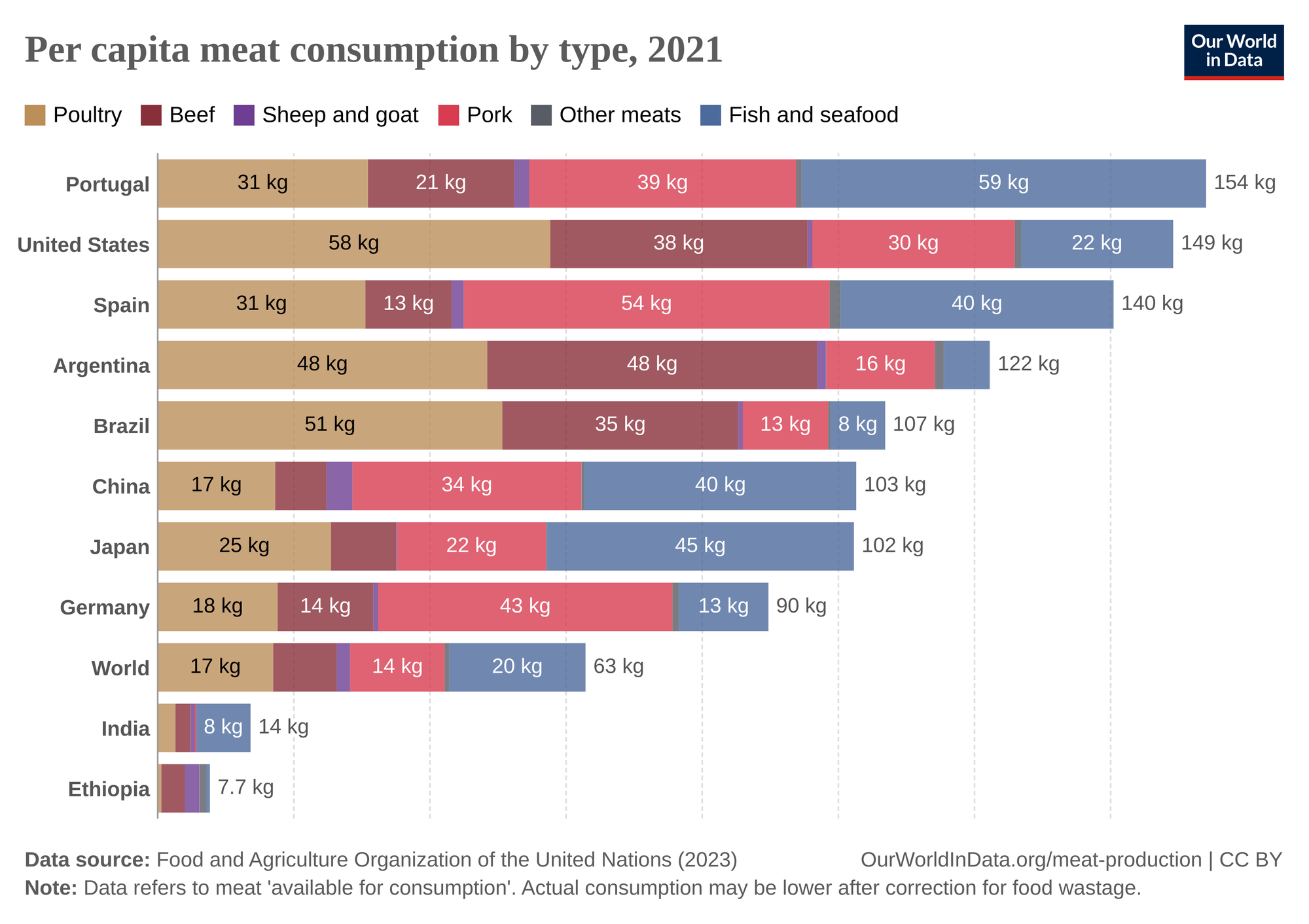
We often hear about the negative environmental impacts of meat consumption from the high greenhouse gas emissions, to the high water usage, to the large land usage, to the overuse of antibiotics to deforestation. There has been a shift towards increasing the proportion of plant-based foods in food company portfolios to shift diets to be less meat heavy in high meat consumption countries in response to those environmental concerns.
However, in addition to sourcing less meat, there has also been a strategy of trying to source 'better meat'.
But what does 'better meat' actually mean?
An interesting report that caught our eye from the World Resources Institute posed the question "is there such a thing as 'better' meat?"

'Better meat' can encompass a number of things. For example, cellular agriculture or cultured meat is a growing industry focused on growing meat in the lab (well large bioreactors for scale).
And if you think about solutions at scale, 'better meat' is often linked with alternative agricultural production systems (compare with conventional industrialised meat production).
The report includes comparisons of the environmental performance of different animal production systems.
Surprisingly they found that a number of production systems associated with 'better meat' often had higher environmental impacts per kilogram of protein, even though overall animal welfare improved. That is worth repeating - better meat has tradeoffs.
Their conclusion was that there needs to be a combination of increasing the proportional sourcing of 'better meat' whilst reducing the overall absolute amount of meat too. In other words moving from “less meat” to “even less but better meat.”
A study by researchers from the University of Adelaide and the University of Zurich found that "countries with dietary patterns that are higher in meat have greater rates of obesity and overweight and higher mean BMI." So a reduction in meat consumption could have some health benefits.
Plus, there are significant health risks with being obese. There are links to cardiovascular disease, type 2 diabetes, cancer, dementia, psychological distress and infertility.
The report also included six recommendations for companies' sourcing stratetgies to help them achieve their climate and nature goals, maximising the benefits and minimising potential trade-offs.
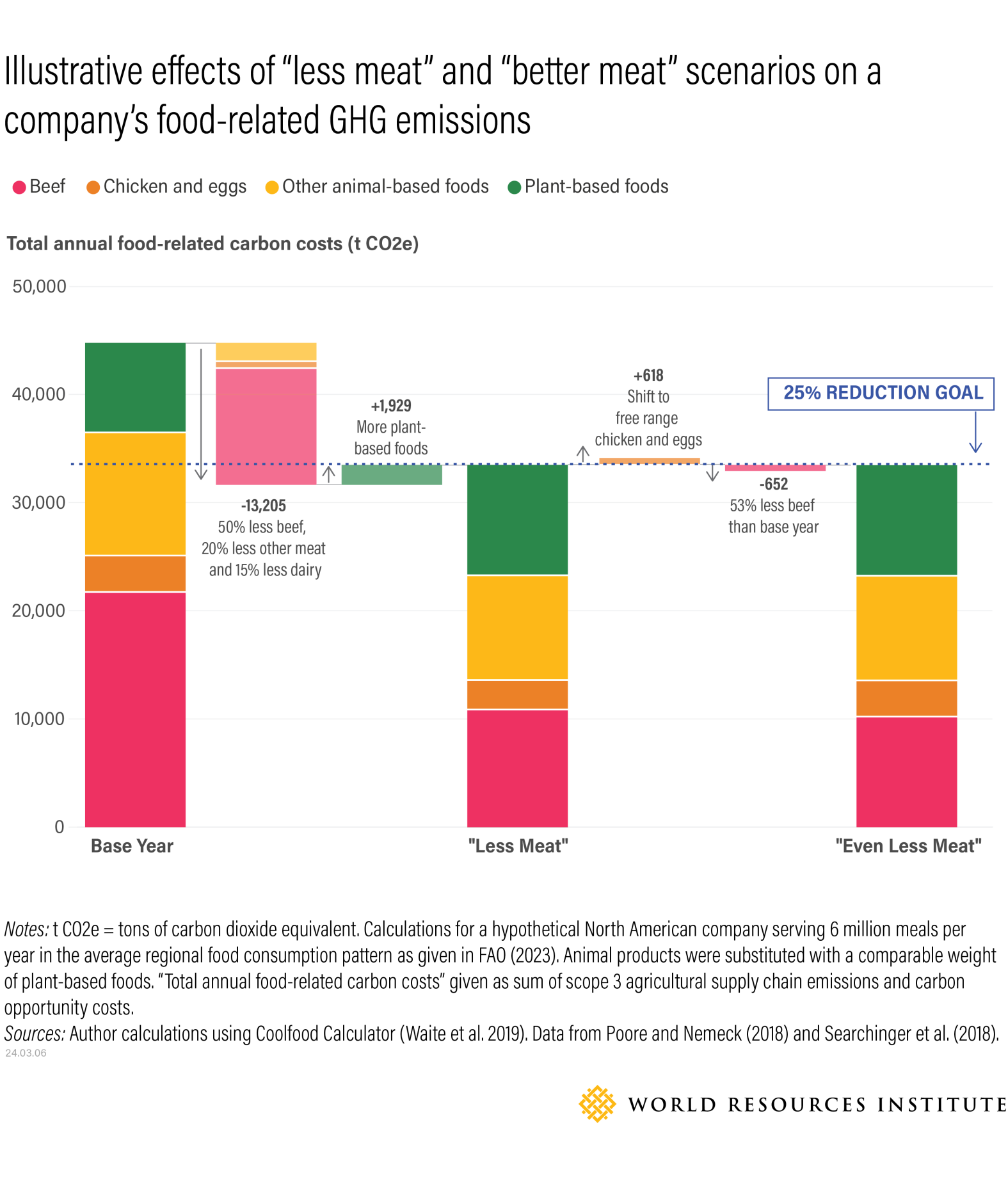
There will often need to be trade-offs in transitioning to a more sustainable existence. It is also an illustration of a systems thinking approach which regular readers of The Sustainable Investor will recognise in much of our writing. Decarbonisation is important but we shouldn't be myopic about it and forget the other important considerations.
There are potentially innovative ways in which we can feed the world in a more sustainable manner by changing how we utilise resources within the system.
Link to blog 👇🏾
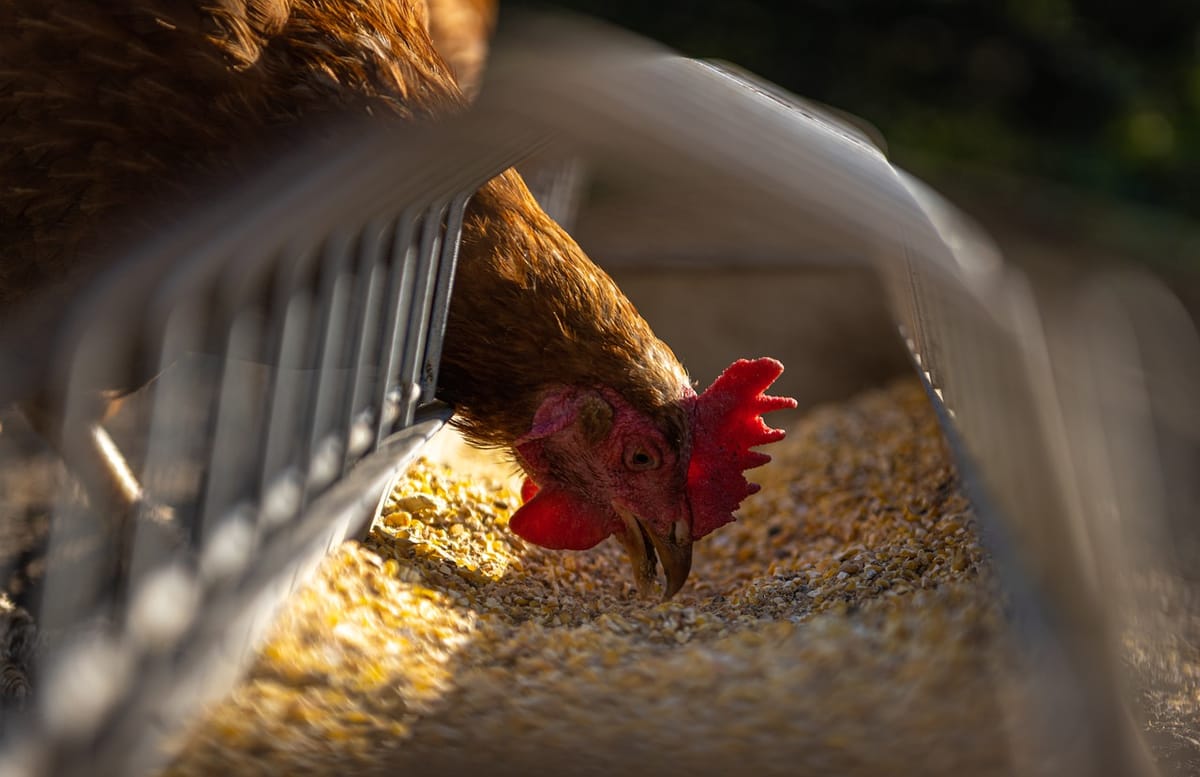
Something a little more bespoke?
Get in touch if there is a particular topic you would like us to write on. Just for you.
Contact us
Please read: important legal stuff.
